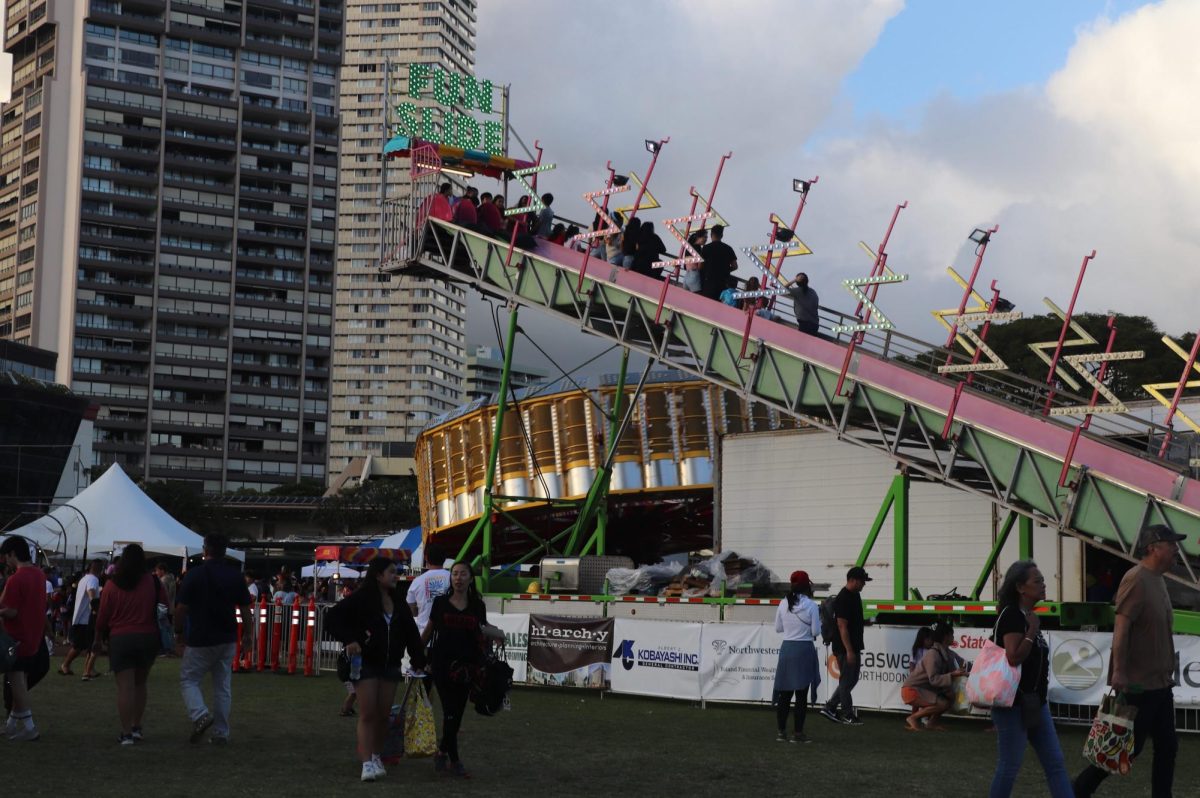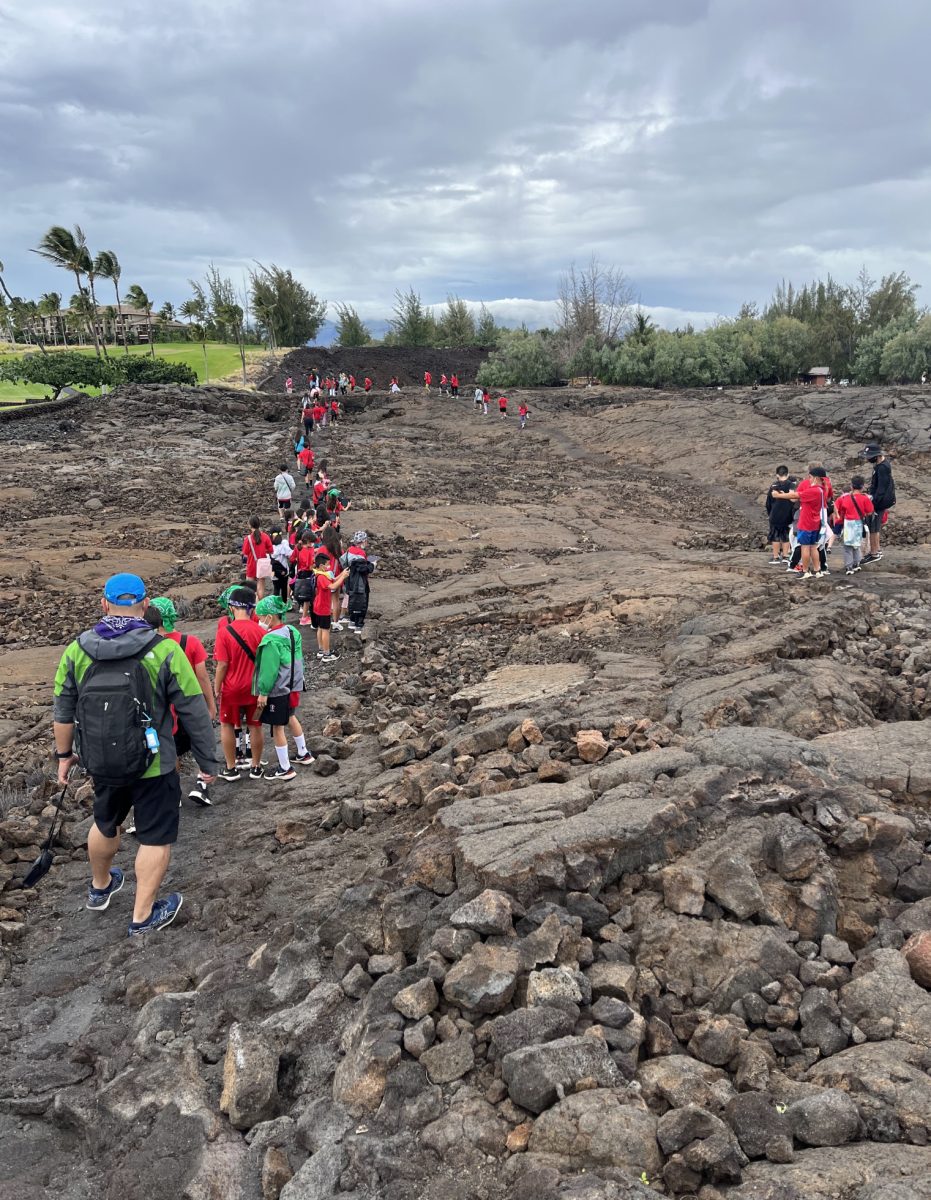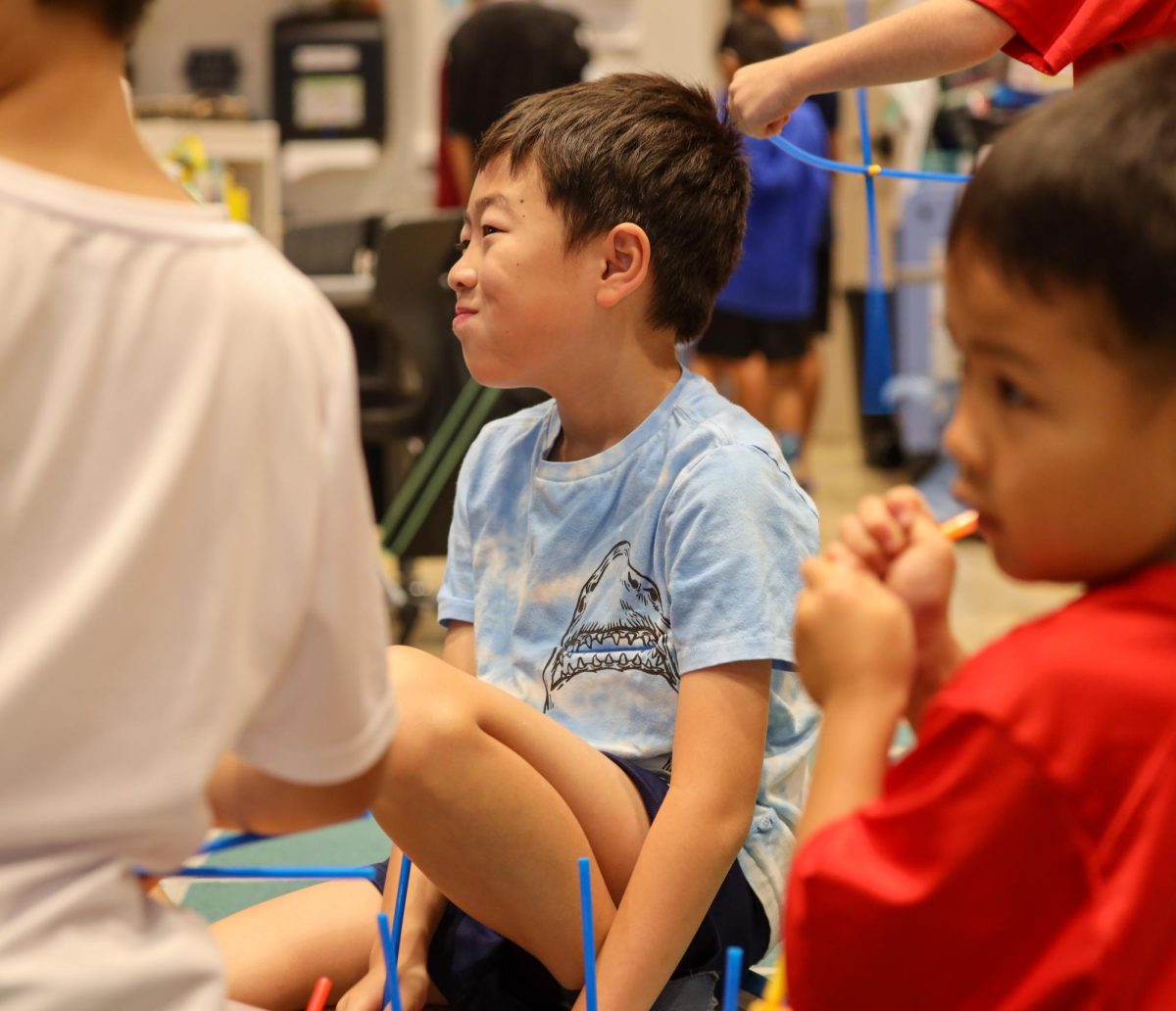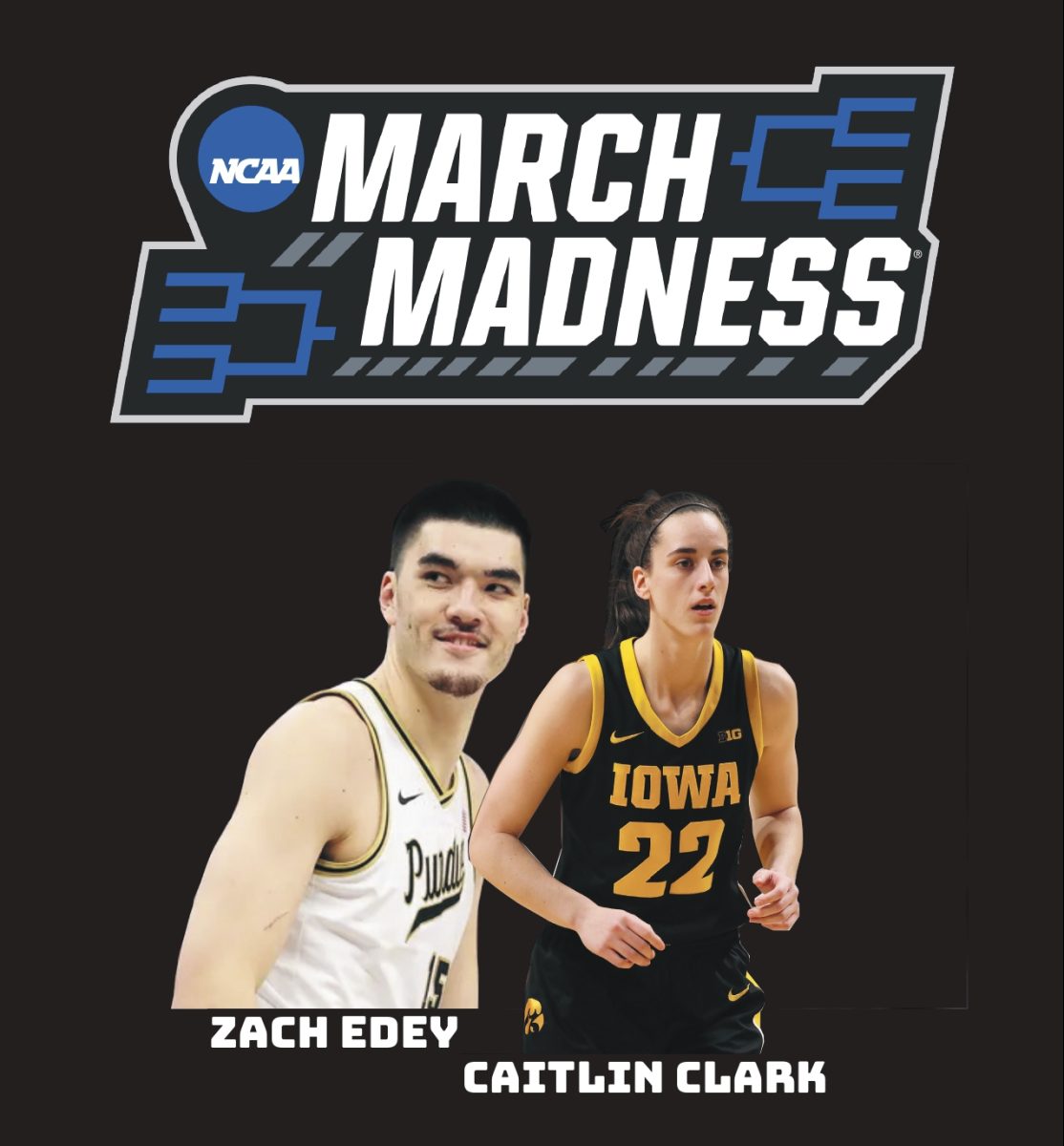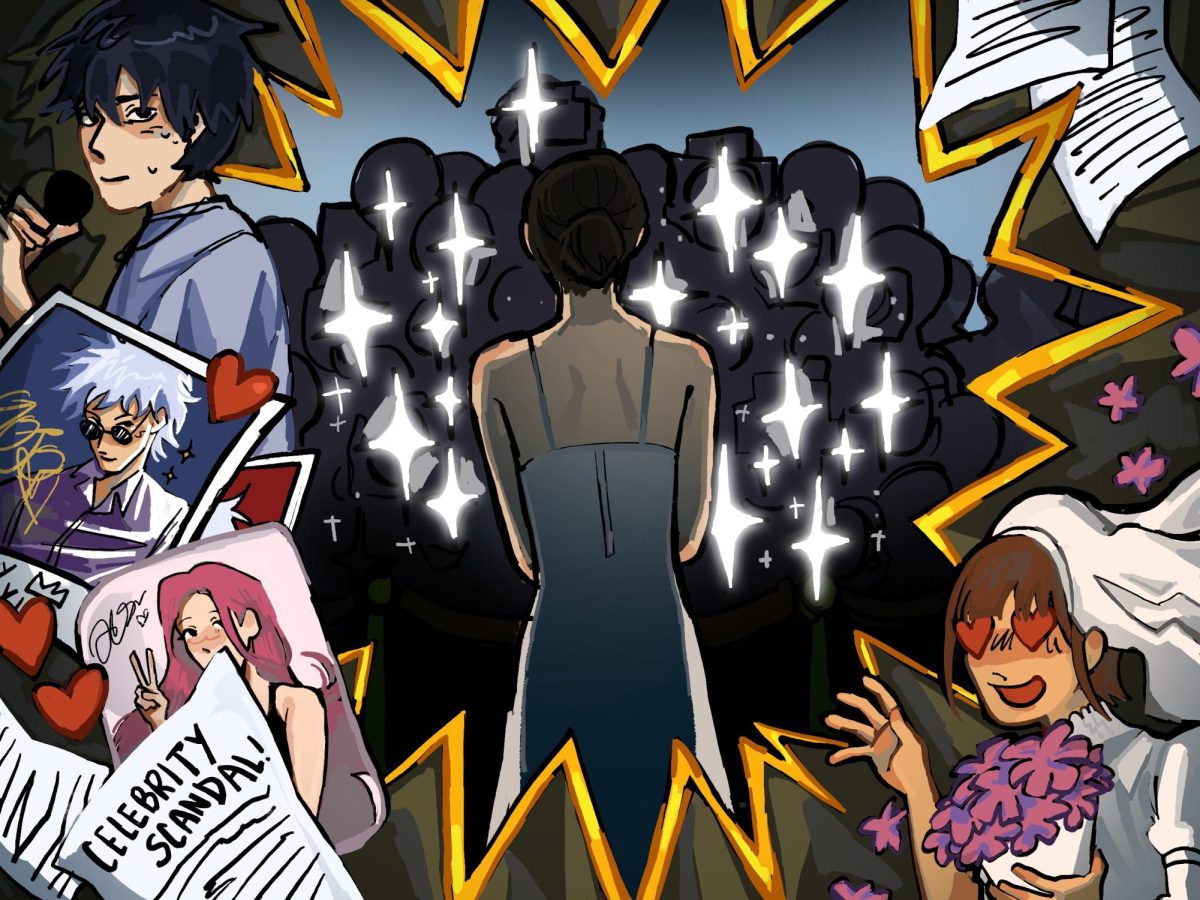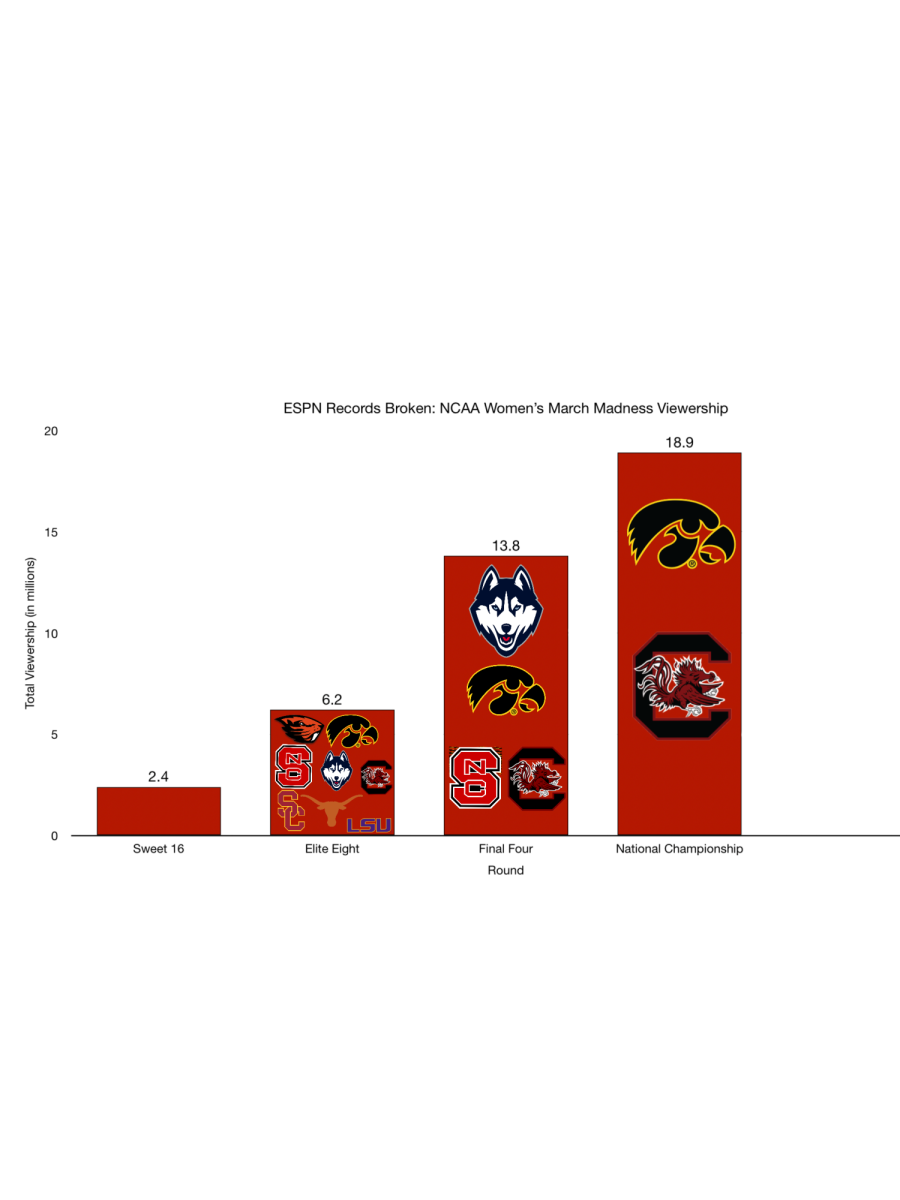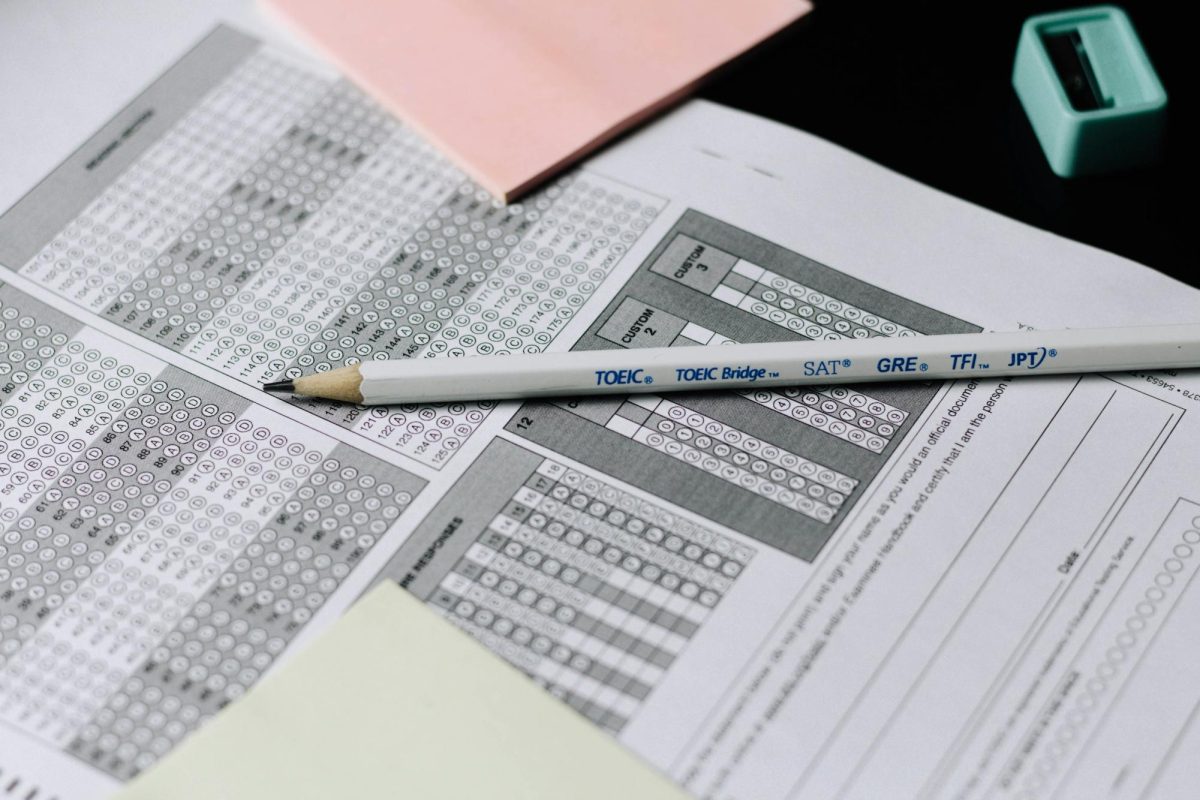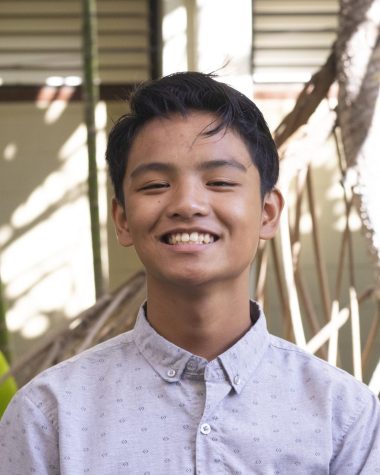Introduction
About 20,511 guests donning flashy costumes of their favorite fictional characters piled into the Hawai‘i Convention Center on the 2024 Easter weekend, March 29th to 31st. The line of excited attendees snaked around the convention center down to Waikiki, eager to buy fan made art of their favorite characters and shows.
Kawaii Kon’s annual showcase allows thousands of fans in Hawai‘i to irrevocably be themselves by offering a place to destigmatize and enjoy their interests in anime, manga, and other Japanese media with like-minded people, while also allowing Japanese-American fans to connect with a part of their culture. The convention is held during the spring from Friday to Sunday, and is jam-packed with attractions such as the Artist Alley, where local and overseas artists can sell their fanart, Dealer’s Room designated for authentic anime and manga merchandise from Japan, concerts for popular Japanese musical artists to perform for their fans and other fun events that are sure to create unforgettable memories for all who attend.
‘Iolani Community and Kawaii Kon
Among the thousands of Kawaii Kon attendees is animanga fan and ‘Iolani Cosplay Club President Cole Matsukawa ’24. Cole joined the club last year after years of wishing to join on the hobby but not knowing how. On why he personally enjoys cosplaying, Cole likens it to another past hobby of his: acting. “I did acting in my sixth grade year and I enjoyed it a lot. [Cosplayers] are really just playing a pre-existing character.” Cole also reflects on the happiness that he sees on other cosplayers’ faces when they recognize his character, saying that he enjoys “making other people smile.”
Another attendee, Japanese teacher and Cosplay Club advisor Jacqueline Kojima-sensei has similar sentiments to Cole, calling the time where you’re wearing the costume an escape. Additionally, by embodying the character, cosplaying is “a way to feel closer to the shows or anime that you enjoy watching.”
Due to the busy schedule, large convention space and even larger number of attendees, Kawaii Kon’s leaders and volunteers spend months in advance setting up the convention. Coach Angel Rumbaoa, an ‘Iolani Esports coach and the administrator of Kawaii Kon, shares that the key to managing the overwhelming checklist for the best possible anime convention is to focus on time management and prioritizing tasks while not being afraid to ask others for help. “It’s good to have a team, especially on a grand scale for Kawaii Kon,” he says. “One thing we need to know is that we’re a community, so we rely on each other. If we need help, we always ask.” The volunteers coordinating Kawaii Kon always put in their best work to make sure every individual has a safe, fun experience at the convention, and it pays off too– since the first Kawaii Kon in 2005, the convention patrons have only increased, with a shocking number of fans dedicating their weekend to immersing themselves in animanga fun.
Fighting the Stigma on Animanga as a Fan
Kawaii Kon is a welcoming space for both casual and devoted fans to interact and express their gratitude for their favorite animes, mangas and characters through cosplay, purchasing items or fanart and attending panels or concerts. Despite the increasing popularity of animanga over the years, the social stigma that dates back to the early 2000s surrounding these fans of Japanese pop culture still lingers. Kojima-sensei reflects on high school days when “It felt like there was that kind of ‘weeb’ stereotype on people who consume anime.”
Popularized on the Internet, the derogatory term “weeaboo” or “weeb” is used to describe a specific type of anime fan who fetishizes Japanese culture based on anime tropes. This fetishization takes form in multiple ways, such as talking in broken Japanese by adding “desu” at the end of their sentences or describing people or things in simple adjectives they learn from anime, such as “kawaii” and “oishii”.
Weeaboos are also known to glorify Japan, genuinely believing that the country’s people and culture are supreme above others because their cultural mannerisms reflect those in anime. While there are fans of Japanese pop culture who do not participate in this fetishizing behavior, the weeb stereotype has unfortunately tainted the image of most, if not all, animanga fans, and often sets them up to be vulnerable to bullying or judgment in social contexts. “There was definitely more of a stereotype, which is ironic because a lot of us in Hawaii are Asian–specifically of Japanese background,” says Kojima-sensei. “But yet, I felt like there was a stigma. Nowadays, I feel there’s just a broader number of people who watch or consume Japanese media.” The “weeb” phenomenon eventually died down with the rise of people calling out fetishizers of Japanese culture, and has eventually weakened the social stigma against animanga fans.
“Weeb” stereotypes aside, there is still a facet to the social stigma that remains prevalent, which is the pedophilic culture attributed with a select few anime. Cole denounces the “oversexualization of kids in many different shows” as “far too extreme” and that it reflects poorly on the community as a whole. As a strangely common trope in animanga, female characters depicted as minors are put in sexually suggestive situations. These can include wardrobe mishaps or falling down into a suggestive position. Even if the series’ plot is not innately inappropriate, many animanga authors and popular animation studios such as Mappa Studio, AIC and Kyoto Animation continue to incorporate these sexual innuendos and expose viewers to suggestive content.
The danger of this trope stems from the principle that fiction does indeed affect reality. Viewing sexual content of fictional, underaged characters can put real, underaged children in danger as research reveals that within Japan, child sexual abuse rates are among the highest in the world. Not only do the pedophilic notions present in some popular series create a highly unfortunate image for the animanga fanbase, but also further increases the dangers of child sexual exploitation.
Why Attend Kawaii Kon?
In a post-pandemic world, the demand for large social gatherings have greatly increased due to the long period of social isolation. When reflecting on Kawaii Kon’s importance, Coach Angel states that “We all wish to have a place to gather with our friends and just be ourselves, so Kawaii Kon provides that atmosphere.” Kawaii Kon allows pre-existing fans from all over the state and even from the continental U.S. to shop, socialize and thoroughly enjoy the hobby that they love. The convention is not just for longtime fans. Cole points out that Kawaii Kon is very “user friendly” and has a very welcoming atmosphere. Convention goers “don’t even have to cosplay. Even if you think your cosplay isn’t the best, there are still people there who will appreciate what you do and the effort that you put in.” Kojima-sensei has similar sentiments, sharing that since Hawai‘i is mostly a very open and inclusive place, “people with varying interests, whether it’s their passion… or even if they’re a casual enjoyer of Japanese media, people are generally accepting.”


